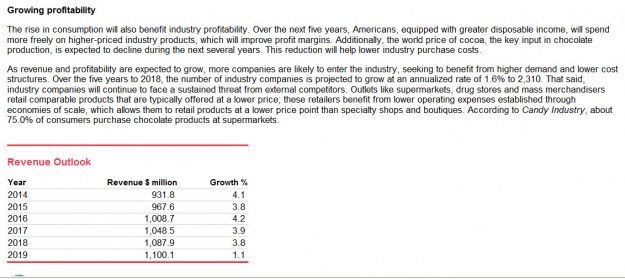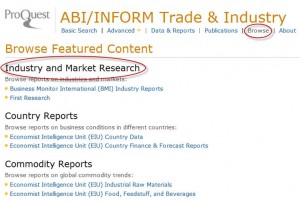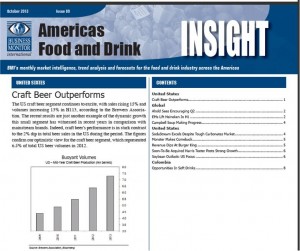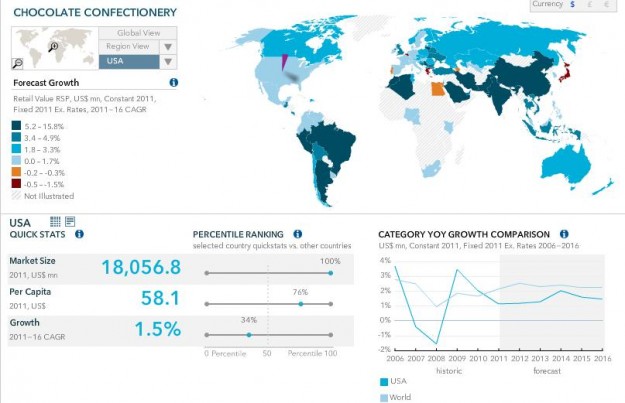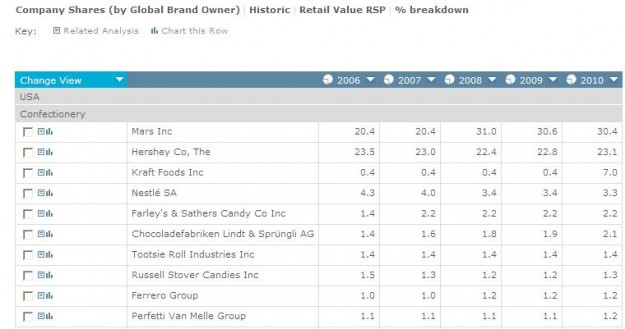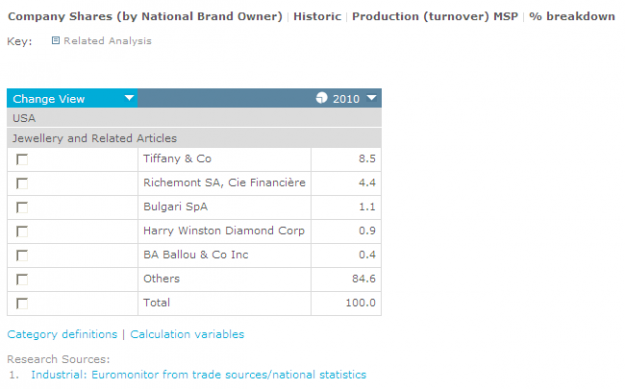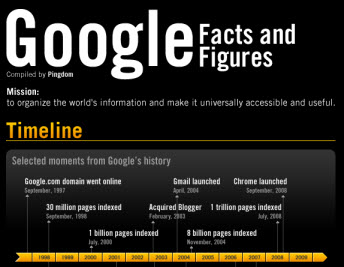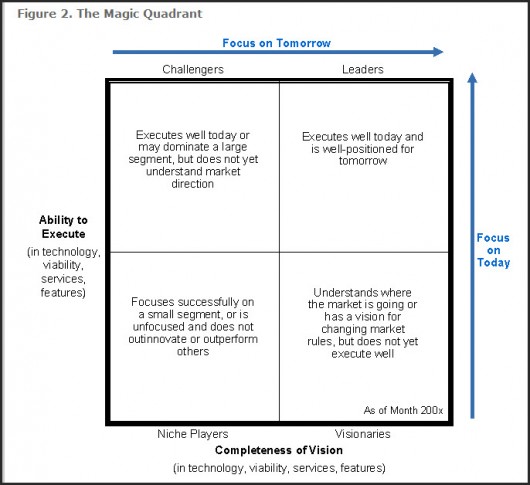“New and improved” is one of those standard tag lines in business, but we really have seen some cool industry stuff lately in our business resources. Fans of IBISWorld, that great source for mid-level industry overviews, may have noticed an increasing number of OD reports. Now these aren’t “ODD” reports, they’re “OD,” which stands for On Demand. Businesses order these reports from IBISWorld and, once they’re delivered to the client, IBIS can resell them. There are about 600 of them now, in addition to the 700+ regular reports in IBIS. St. Thomas pays a little extra for them, and they’re worth it. Besides 3D Printer Manufacturing (OD4428) and Ethnic Supermarkets (OD4333), where else would you look for reports on Sports Video Game Publishing (OD4860) and my personal favorite, Chocolate Stores (OD5339)? One can only say that the revenue outlook is Sweet.
Another resource near and dear to the hearts of business researchers is ABI/INFORM Trade & Industry. Despite its less-than-glamorous name, ABI Trade is a great source for high fashion news, as well as market trends, and product announcements of all sorts. This is due to its great coverage of trade journals, which is a publication covering, and intended to reach, a specific industry or type of business. ABI also has a bunch of industry reports, which until recently have not been easy to find. But now you can search them more easily through ABI’s Data & Reports tab, or best of all, browse them through the Browse tab:
Here’s an example, Food and Drink:
As we move toward project deadlines and the end of fall semester, keep a warm place in your heart for industry overviews. Well, maybe not. But keep them in mind for your research projects, and spring job-hunting.
